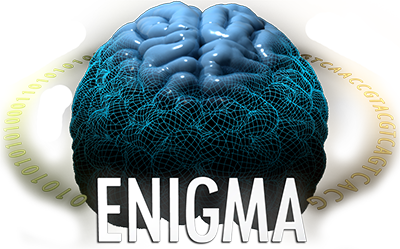About ENIGMA-Epilepsy | Project 1: Gray Matter | Project 2: DTI | Protocols | MOU | Join ENIGMA-Epilepsy | Meetings & Minutes | FAQ


Q: What version of FreeSurfer should I use for volumetric analysis?
A: Please use version 5.3.
Q: I have T1-weighted images (for ENIGMA-Epilepsy: Volumetrics) but I do not have diffusion images. Will this be a problem?
A: Not at all. It is often the case that certain groups can contribute to the FreeSurer project but not the DTI project. Simultaneous participation in ENIGMA-Epilepsy: Volumetrics and ENIGMA-Epilepsy: DTI is entirely optional.
Q: My patient group is much larger than my control group (or vice versa). Will this bias the meta-analysis?
A: No. Our meta-analysis algorithms were developed to take this into consideration. Generally, once you have at least 20 participants in each test cohort, then this will not bias the ultimate meta-analysis.
Q: Should I stratify my patients into different groups before I start analysis?
A: No – there is no need to stratify your patient groups until you have produced the LandRVolumes.csv file. You can simply delete / reorganize patients in this LandRVolumes.CSV file, based on their subject ID.
Q: Why are we including patients with tumors, lesions, intracranial infection, malformations and other abnormalities?
A: For now, we will pursue the tried and tested ENIGMA paradigm: commencing with a broad analysis before progressing onto more specific studies. This has worked extremely well for other ENIGMA working groups (see: ENIGMA-Schizophrenia, ENIGMA-MDD, ENIGMA-Bipolar Disorder) and will allow us to search for potential ‘low-hanging fruits’ before considering more granular syndromic classification, and retains maximum power for shared changes and shared genetic influences. Most patients with obvious structural changes will be excluded after quality inspection of subcortical and cortical segmentations, as in most cases FreeSurfer fails to segment visibly abnormal brain regions.
Q: Why are we only studying adult forms of epilepsy?
A: The general consensus in the brain imaging community is that participants older than 55 years of age may show signs of brain degeneration, whereas the brains of pediatric / adolescent participants may not be fully developed. Groups with MRI scans from childhood cases are encouraged to process their data alongside the rest of the consortium, as we will investigate childhood-onset forms of epilepsy as part of a follow-up study.
ENIGMA on social media: